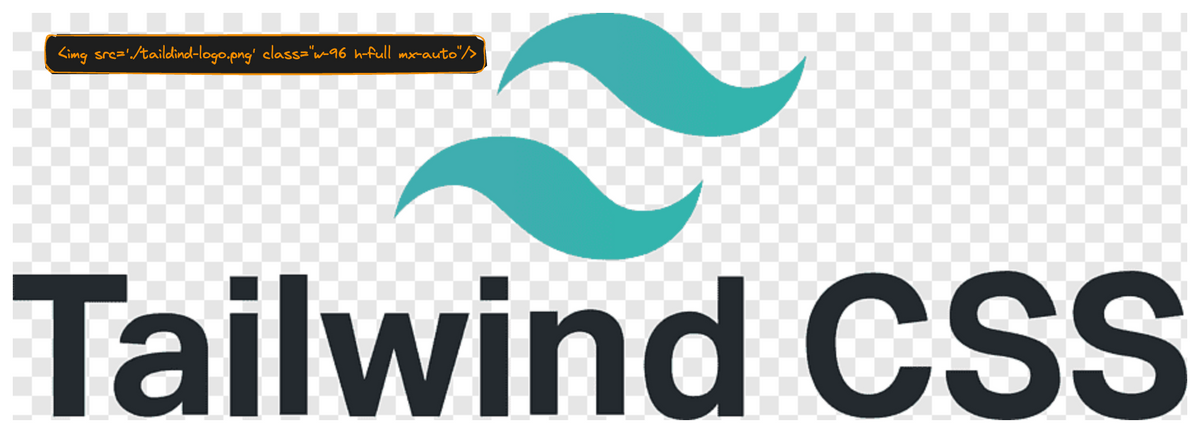Tailwind CSS: A Modern Approach to Styling Web Applications

Introduction
If you've been following the trends in web development, you've likely heard of Tailwind CSS. This utility-first CSS framework has been making waves, earning accolades from developers and designers alike. But what sets Tailwind CSS apart from the crowd? And why should you consider using it instead of other established approaches like CSS-in-JS and traditional CSS libraries? In this article, we will delve into the features and benefits of Tailwind CSS that make it a superior choice for many projects.
A Brief Overview of Tailwind CSS
Tailwind CSS, developed by Adam Wathan, is a utility-first CSS framework designed for rapid UI development. Unlike traditional CSS frameworks that provide ready-made components, Tailwind CSS offers low-level utility classes that allow you to build custom designs without ever leaving your HTML. This framework is all about utility, speed, and efficiency, without sacrificing the ability to customize and control your design.
Tailwind vs. Traditional CSS Libraries
Traditional CSS libraries such as Bootstrap and Foundation provide a suite of pre-styled components. While this can accelerate initial development, the design often appears generic unless you override the default styles, which can be quite cumbersome.
For instance, consider a Bootstrap button component:
<button class="btn btn-primary">Bootstrap Button</button>
Tailwind CSS takes a different approach. Rather than pre-designed components, it provides utility classes that you can use to construct unique layouts:
<button class="px-4 py-2 bg-blue-500 text-white rounded">Tailwind Button</button>
Here, each class in the Tailwind example represents a single styling property, enabling you to construct unique layouts. This ensures that your design stands out and aligns perfectly with your project's specific requirements. One specific drawback you might notice is the amount of CSS classes you need to include. This might seem too verbose for you, but this verbosity allows for greater flexibility, maintainability and readability. The main trick, is to make sure that components are broken down to smaller ones, so that you do not have files with huge horizontal size in your code.
Tailwind vs. CSS-in-JS
CSS-in-JS is a popular approach for styling in JavaScript frameworks and libraries such as React. It enables scoped styles, dynamic styling, and even theme switching. However, CSS-in-JS might introduce a learning curve, especially for those unfamiliar with JavaScript. Also, it can sometimes lead to bloated components and complex code structures.
For instance, here's a React component styled with CSS-in-JS using styled-components:
import styled from 'styled-components';
const Button = styled.button`
padding: 10px 20px;
background-color: #1DA1F2;
color: white;
border-radius: 5px;
`;
// usage
<Button>Styled Button</Button>
Tailwind CSS, on the other hand, keeps things simple. Your styles are applied using class names directly in your HTML or JSX, which means you don't have to toggle between different files or languages. Here's the Tailwind CSS equivalent in a React component:
<button className="px-4 py-2 bg-blue-500 text-white rounded">Tailwind Button</button>
As demonstrated, Tailwind CSS promotes more efficient coding, resulting in less context switching between languages and arguably a clearer declaration of the styling directly on the component.
Customizability
One of the key strengths of Tailwind CSS is its customizability. Every project has unique design needs, and Tailwind acknowledges this by allowing developers to tailor the framework to fit their project's specifications. You can customize your design system – spacing, colors, fonts, and breakpoints – directly in the Tailwind configuration file, tailwind.config.js.
module.exports = {
theme: {
extend: {
colors: {
'brand-blue': '#1DA1F2',
'brand-orange': '#FF6600',
}
}
}
}
And then, you can use these colors directly in your HTML:
<div class="bg-brand-blue text-white">...</div>
<button class="bg-brand-orange text-white">Click me</button>
Conclusion
All things considered, Tailwind CSS proves to be a potent tool for modern web development. It blends the best of both worlds – the speed and convenience of ready-made CSS libraries and the customizability and control of writing your own styles. Whether you are a seasoned developer or a beginner, Tailwind CSS offers an excellent option for creating beautiful, unique, and responsive designs with less effort. For me personally, and our dev teams at Quintessential, its has proven an incredible asset in our arsenal. UI components are more on point, development is faster, and when paired with tailwind-based libraries, productivity skyrockets.
Tailwind buddies to assist you on your journey:








